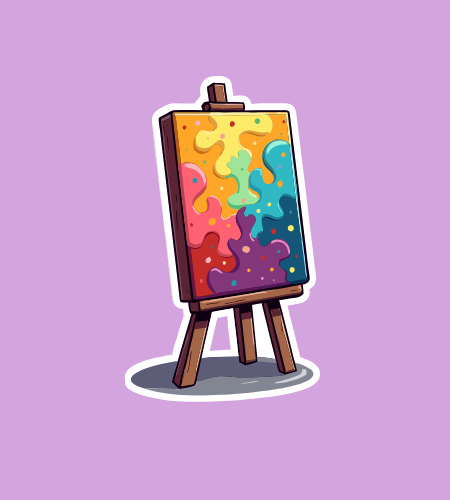Slow Art Day is observed annually on the first Saturday of April, encouraging individuals worldwide to slow down and engage deeply with artworks. 1
History of Slow Art Day
The concept of Slow Art Day originated in 2008 when Phil Terry, during a visit to The Jewish Museum in New York, experimented with spending extended time observing just two paintings. This deliberate approach led to a deeper connection with the art, inspiring the inaugural Slow Art Day event in 2009. Since then, it has evolved into a global movement, with over 1,500 museums and galleries participating to date.
The initiative underscores the value of intentional observation, countering the tendency of hurriedly viewing art. By dedicating more time to fewer pieces, participants often discover personal insights and a heightened appreciation for artistic expression.
Why is Slow Art Day important?
In our fast-paced world, it’s common to rush through experiences, including visits to art galleries and museums. Slow Art Day invites us to pause and truly engage with art, fostering a more meaningful connection. By spending extended time with a single piece, we allow ourselves to notice details and emotions that might otherwise be overlooked.
Moreover, this practice encourages mindfulness and presence, qualities that extend beyond art appreciation into daily life. It reminds us of the value of slowing down, not just in galleries, but in all our interactions and experiences.
- Encourages deeper personal connections with art.
- Promotes mindfulness and presence in daily activities.
- Enhances observational skills and attention to detail.
- Fosters a greater appreciation for artists’ techniques and intentions.
- Provides a refreshing contrast to the fast-paced nature of modern life.
How to Celebrate Slow Art Day
Participating in Slow Art Day is straightforward and rewarding. Choose a local museum or gallery to visit, and select a few artworks to focus on. Spend at least 10 minutes observing each piece, allowing yourself to fully experience and reflect on the art without rushing.
After your observations, consider discussing your experiences with friends or fellow visitors. Sharing insights can deepen your understanding and offer new perspectives. If visiting a museum isn’t feasible, you can engage with art books or online galleries, applying the same slow-looking principles.
- Visit a local museum or gallery and engage deeply with selected artworks.
- Organize a group visit with friends to share the experience.
- Reflect on your observations through journaling or sketching.
- Explore online art collections and practice slow looking from home.
- Share your experiences on social media to inspire others to participate.
Slow Art Day Dates Table
| Year | Date | Day |
|---|---|---|
| 2026 | April 4 | Saturday |
| 2027 | April 3 | Saturday |
| 2028 | April 1 | Saturday |
| 2029 | April 7 | Saturday |
| 2030 | April 6 | Saturday |
Subscribe to our newsletter and never miss a holiday again!

